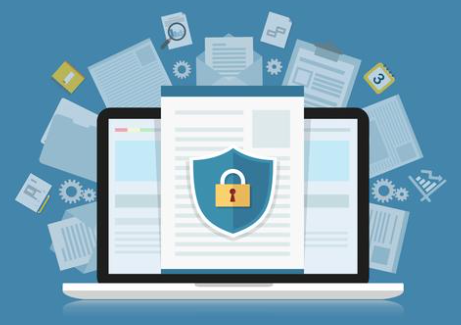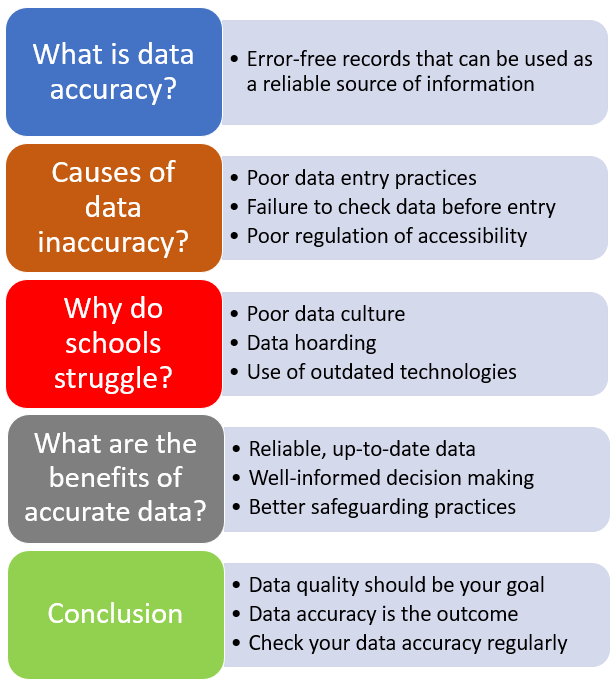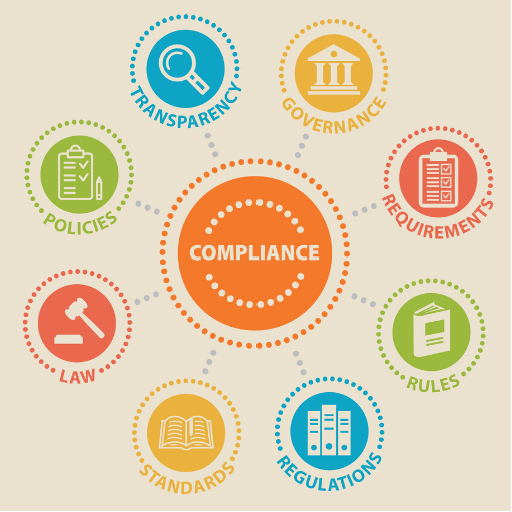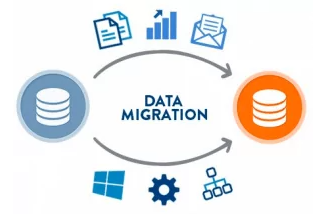Procuring your MIS is just the start – managing and maintaining it is a critical task for educational institutions. Your MIS plays a pivotal role in managing student data, staff information, and various administrative processes and needs to function efficiently at all times.
However, this comes with its own set of challenges and there are several issues that can arise in the process of maintaining these systems in UK schools. We explore some of these challenges below:

Data security concerns: With the increasing amount of sensitive data stored in MIS systems, the risk of data breaches and cyber attacks is a major concern , so ensuring data security is paramount.
Schools need to establish appropriate cyber security measures to protect student and staff information from unauthorised access and data leaks. Regular security assessments and robust security protocols are essential to prevent data breaches and potential disruptions.
School governors, MAT Trustees and school/MAT senior leaders should ask their IT Managers questions about the cyber security measures in place.
Compatibility and integration: Schools often use a variety of software and applications. Ensuring that these systems are compatible with the MIS can be a daunting task.
Seamless integration is essential to avoid data silos, allowing the smooth flow of data and information across various platforms and departments, thereby enhancing operational efficiency.
Staff training and change management: To maximize the benefits of the MIS, staff members need to be proficient in using the system and may need training.
Training can be time-consuming and costly, and keeping staff up-to-date with software updates and new features is an ongoing challenge.

This is especially important when changing your MIS to ensure staff uptake and ‘buy-in’. Staff rarely like change so it is imperative that you make this as painless as possible for them. Equipping educators and administrators with the necessary skills is essential for efficient system usage, managing change effectively and addressing resistance to ensure that the MIS works optimally.
Maintenance costs: Managing an MIS comes with recurring costs, including software updates, hardware maintenance, and technical support. Budget constraints can make it challenging to keep the system running optimally.
Having quality IT staff can massively reduce this burden. Their skills and knowledge will frequently mean that you do not have to outsource issues – your IT staff will be capable of spotting potential issues before they arise and can have your system running effectively all the time.

Data accuracy: Maintaining accurate and up-to-date data in the system is essential for informed decision-making. Errors or outdated information can lead to operational inefficiencies and impact student outcomes.
The old adage of ‘rubbish in, rubbish out’ is never more obvious than when dealing with MIS data and we see many issues that are simply down to ‘user error’.
Your staff, both teaching and admin, are always busy so it is not surprising that they will occasionally make errors in entering data into your MIS. Unfortunately, such errors can have unintended and sometimes serious repercussions.
If the contact details for a parent are entered incorrectly – perhaps two digits of a telephone number are transposed, or an email address is entered as ‘.co.uk’ instead of ‘.com’. This can lead to serious problems further down the line. When a serious incident occurs, you cannot quickly contact the child’s parent/legal guardian, for example.
Equally, an error in entering an attendance code by a busy teacher could lead to potential safeguarding issues if the pupil is actually absent but the mark has been entered as ‘present’ and we therefore fail to contact the parent/legal guardian…
Always stress upon staff the need for accurate data entry and ensure safeguards are in place to check data regularly to ensure it is as up to date as possible.
User feedback and customisation: Schools often have unique needs. Gathering user feedback and customising the MIS to meet specific requirements can be complex and time-consuming.
We need to ensure that we get feedback from all user types – admin staff (who use the MIS constantly), teaching staff, and senior leadership – at both school and MAT level.
Actively encourage feedback and suggestions from your staff and then feed useful suggestions back to your MIS provider. They will value your feedback and add this to their potential bug fixes or feature requests which may then become reality for you.
Regulatory compliance: UK schools must adhere to data protection regulations. Staying compliant with laws like GDPR is a continuous responsibility for those managing an MIS.
In addition, a well-maintained school MIS can help the school/MAT comply with its duties around census returns, safeguarding, central records and so much more.

A poorly managed MIS can lead to issues with compliance in many areas, so it is essential to ensure you have the right staff managing it – not just the IT staff who ensure it works when it is needed, but also all those who interact with it in any way. All staff need to understand what they should and should not be entering into the MIS, where and how they should view MIS information and how they should use it.
Choosing the right MIS: Selecting the most suitable MIS is the first hurdle and can be challenging due to the numerous options available. Schools need to consider their specific needs, budget, and scalability when making this decision along with factors like pupil outcomes and staff workload. Making the wrong choice can lead to a host of issues down the line.
The choice should align with the school’s specific needs and goals. A mismatch here can result in inefficiencies and difficulties in data management going forwards.
Schools can address the issues of time and money by investing in a robust MIS system. While there’s an initial cost, a well-implemented system can save time in data management and streamline administrative tasks. It’s essential to assess the long-term cost savings and efficiency improvements that a good MIS can bring.
As we mentioned previously, training is crucial. Allocate time and resources to train staff effectively to use the MIS. A well-trained team can maximise the system’s capabilities, reducing time spent on manual data entry and tasks.
Regularly review and update the MIS to ensure it aligns with the school’s evolving needs. An outdated system can become a time-consuming burden. Keep it up to date to make the most of your investment.
Workload: Address the workload issue by automating routine tasks within the MIS. This can include attendance tracking, report generation, and communication with parents. Automation reduces the burden on staff and enhances efficiency.
Delegate responsibilities effectively. Define roles and responsibilities within the MIS to ensure tasks are distributed among staff members appropriately. This can prevent overburdening certain individuals.
Regularly assess staff workload and gather feedback. Use this input to make adjustments and improvements to the MIS system to reduce the burden on teachers and administrators.
Attitudes to innovation: Create a culture of innovation in the school. Encourage staff to embrace technology and see it as a tool to enhance their work rather than an added burden. Highlight the benefits of using the MIS in terms of time savings and improved data accuracy.
Provide ongoing support and training. Sometimes resistance to innovation is due to a lack of confidence in using new technology. Ensure that staff have access to training and support when needed.
Showcase success stories. Share examples of how the MIS has positively impacted other schools or departments. These success stories can inspire a more positive attitude towards innovation and the use of your MIS.

Access to historic data: When transferring data from your previous MIS to your new system, how much of your historic data will come across?
Many schools have information going back years and are reticent to lose it. Does this mean you need to keep your old system and data ‘just in case’ and, if so, how will you keep this secure yet accessible – and for how long?
What might the cost implications be? Will you need to maintain licences, or could you download hosted data to your own system and index it there?
This is a complex area and one where your IT staff can advise you on the best way forward.

